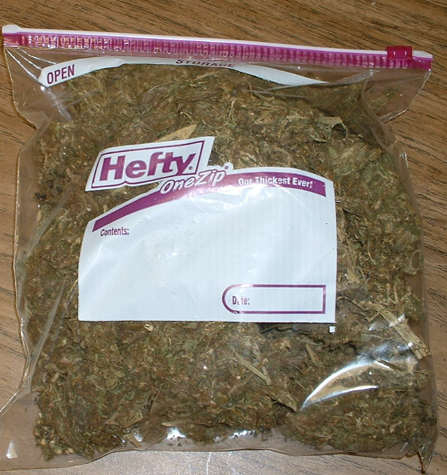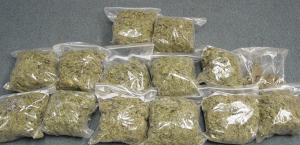
In courts all across the United States evidence is presented in the prosecution of those charged with possession (either misdemeanor or felony) that the green vegetable substance seized is in fact marijuana. The way that this is typically presented in the courtroom is as an absolute and as a specific qualitative measurement. This series of posts seeks to ask the question: Is this in fact true?
In this series of posts we are going to examine this seemly simple question:
- What is the goal and the purpose testing of unknowns generally? How do we best design a test for marijuana?
- How is most marijuana testing conducted in the United States?
- What is microscopic morphological examination? Is it a “good” test?
- What is the modified Duquenois-Levine test? Is it a “good” test?
- What is Thin Layer Chromatography? Is it a “good” test?
- Is the combination of all three tests create a “good” testing scheme?
- Is there a better way to test for marijuana?



